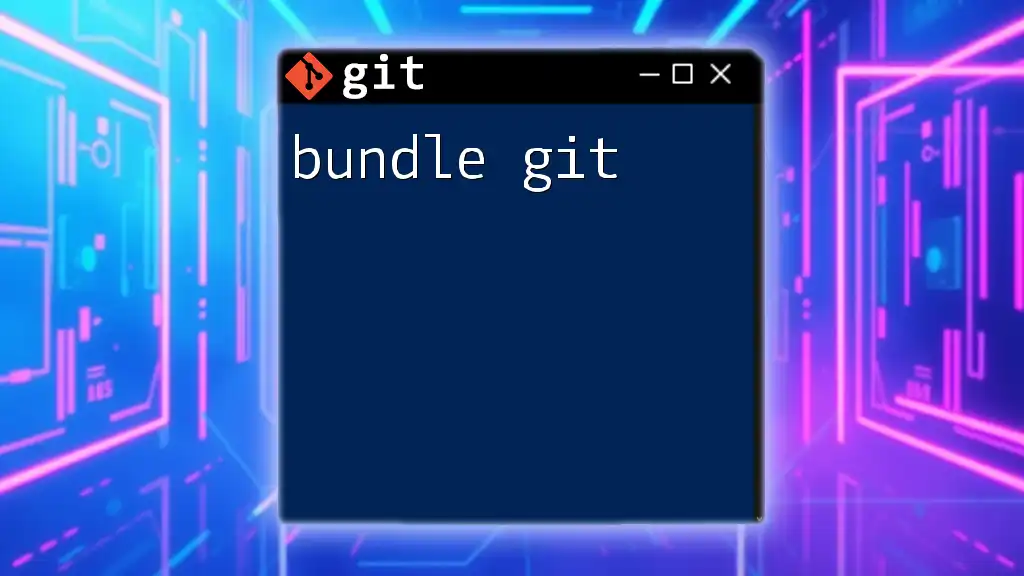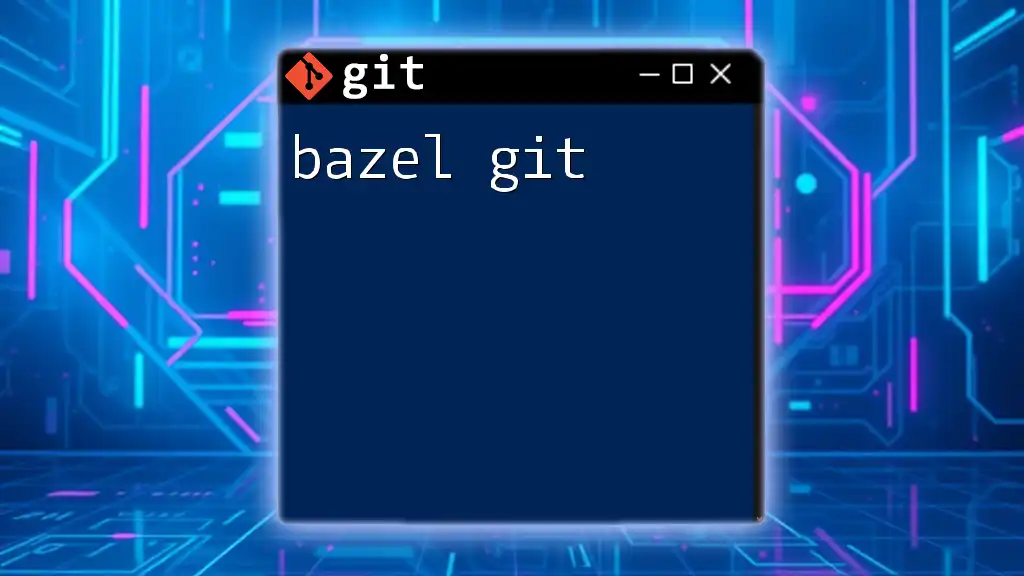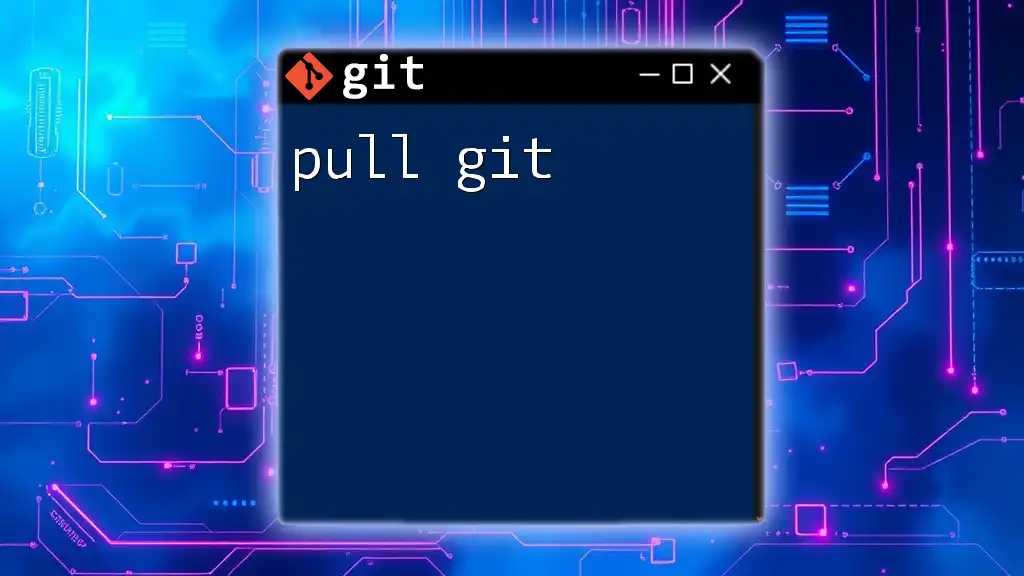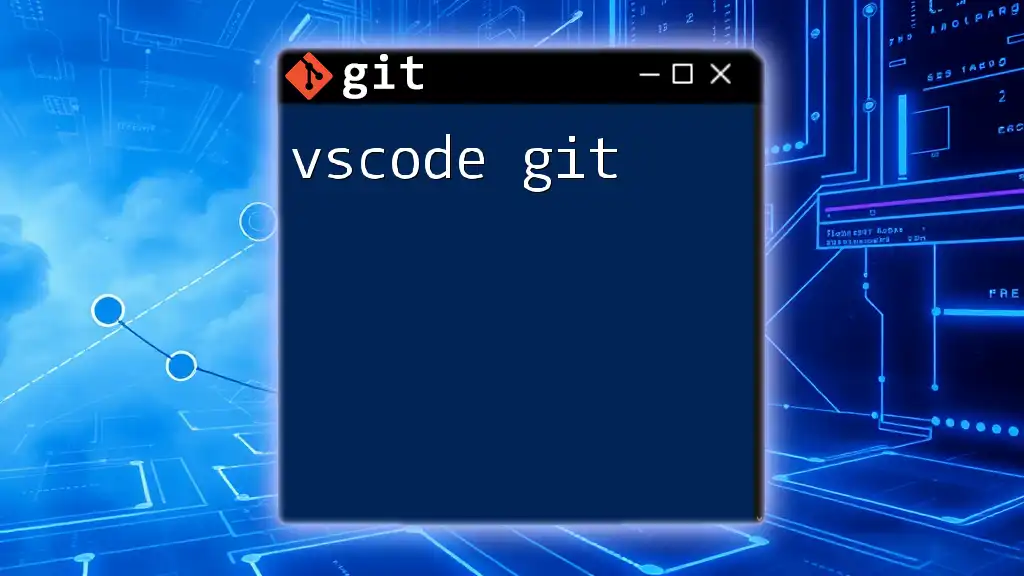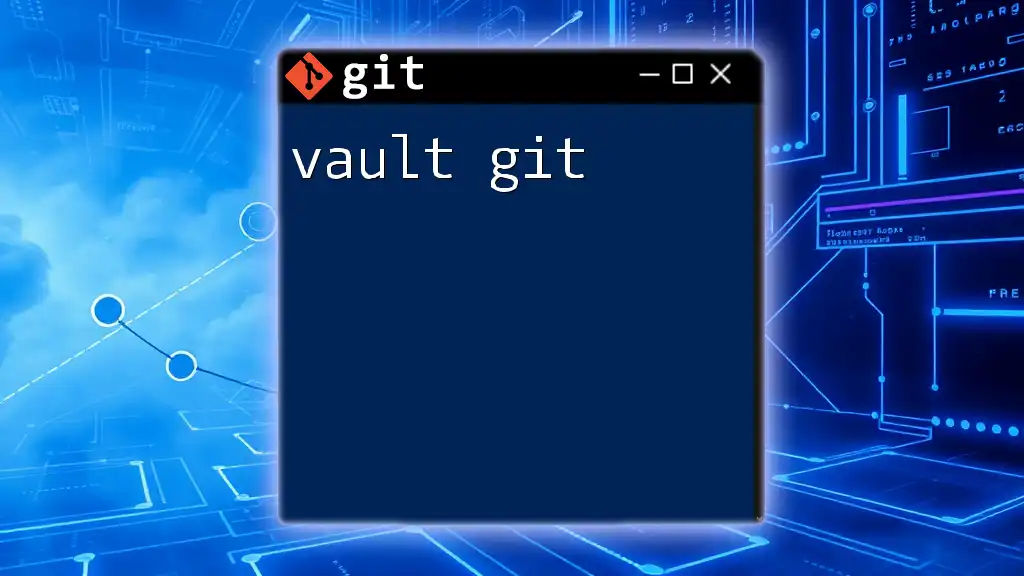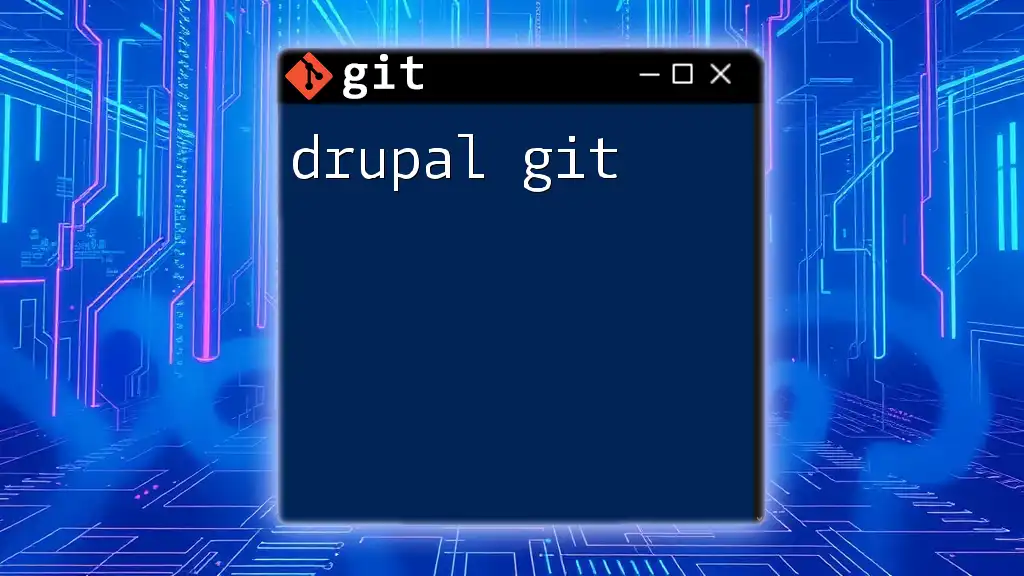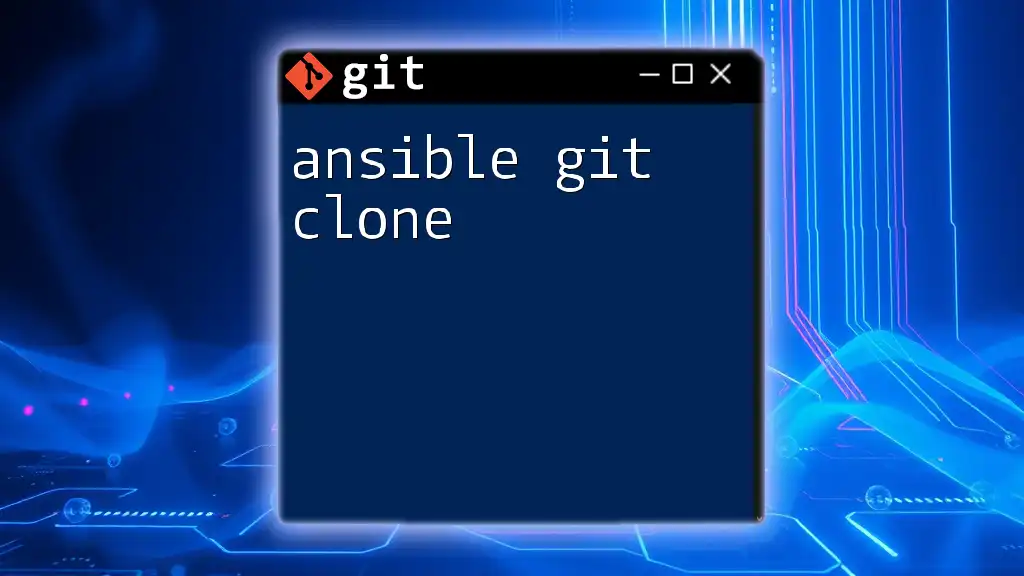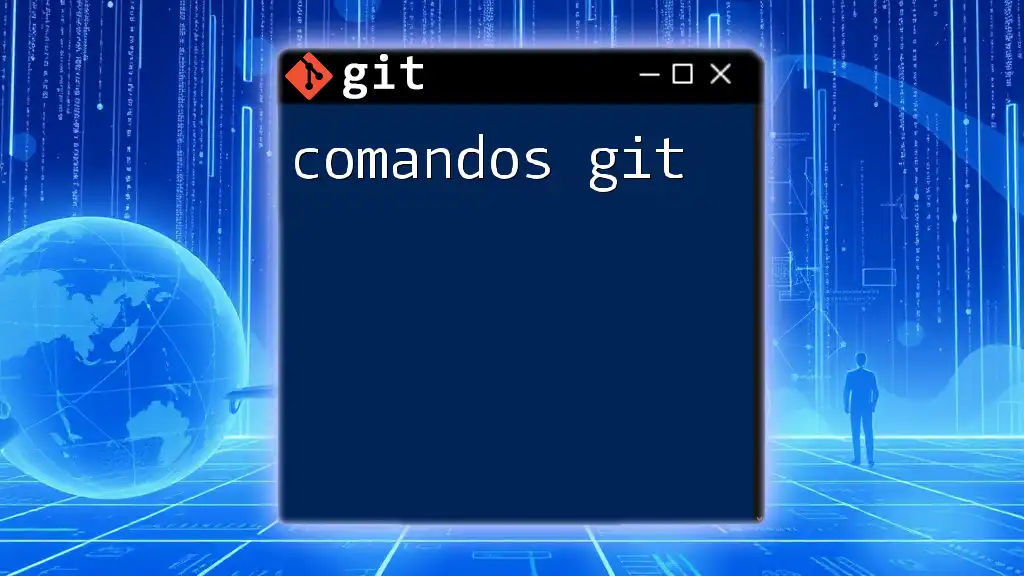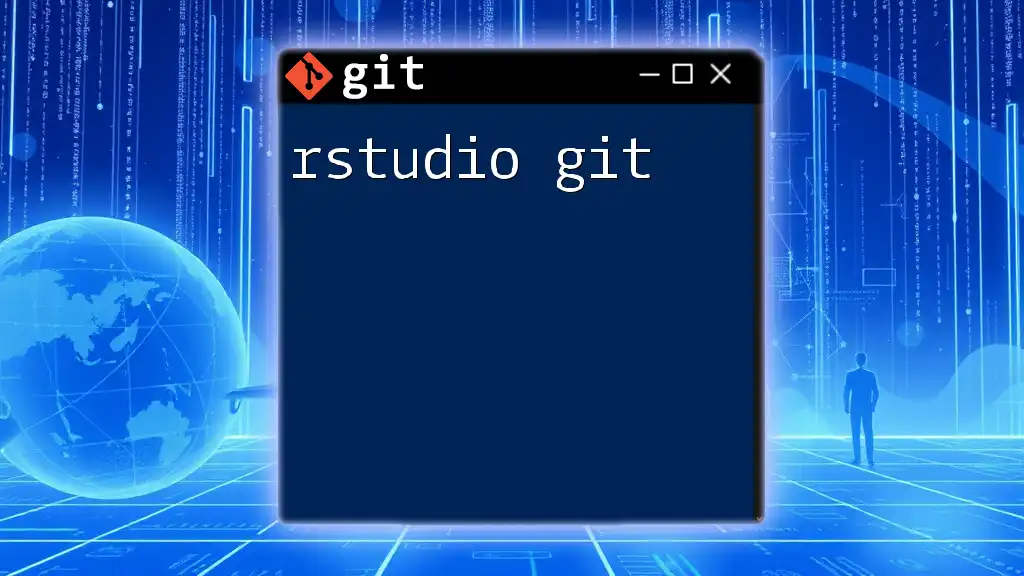The `git bundle` command is used to create a single file archive of a repository's history, allowing for easy sharing of the repository's data without requiring access to a central server.
git bundle create my-repo.bundle --all
Introduction to Git Bundling
Git bundling is a powerful tool that allows you to package a Git repository along with its history into a single file. This process is not only efficient for sharing code but also provides an effective way to work in situations where network access is limited or non-existent. Use cases for Git bundles include offline collaboration, allowing team members to share progress without relying on a centralized repository.
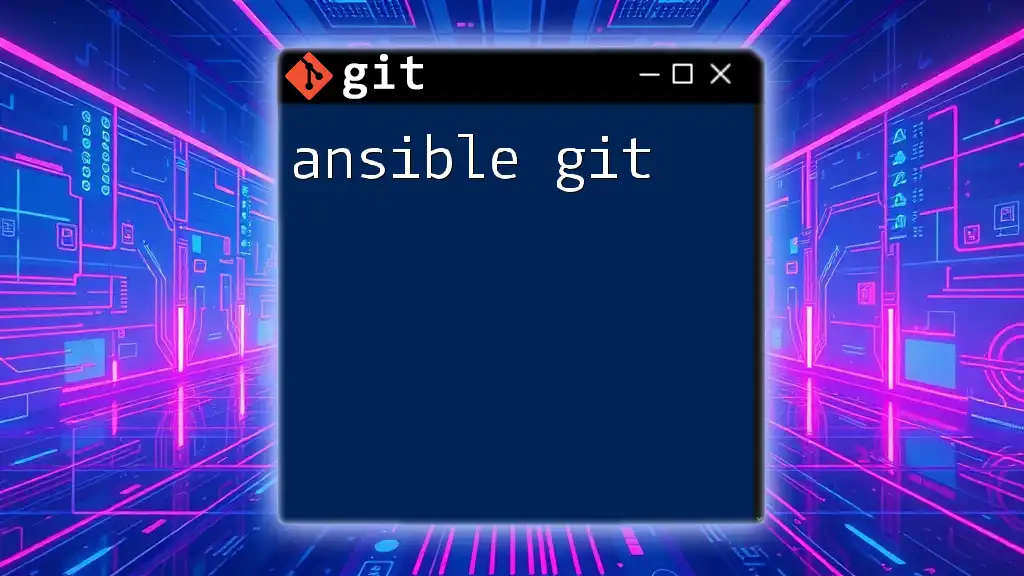
Creating a Git Bundle
The Basics of Bundle Creation
The `git bundle` command is your gateway to creating a bundle. This command captures specified branches, tags, and their history in a file, which can then be shared or stored. Bundling is particularly advantageous for developers who want to share their work without having to push it to a remote server or deal with the complexities of cloning.
Syntax of the `git bundle` Command
The basic command syntax for creating a Git bundle is as follows:
git bundle create <bundle_file> <refspec>
Breaking Down the Command
- bundle_file: This is the name you assign to your output bundle file. It's a good idea to give it a meaningful name that indicates its contents.
- refspec: A refspec lets you define which branches or tags should be included in the bundle. For instance, `master` will package the master branch, while `v1.0` would include the version 1.0 tag.
Example of Creating a Bundle
Imagine you want to bundle your `master` branch for offline sharing. You would execute:
git bundle create myrepo.bundle master
This command creates a file named `myrepo.bundle` in the current directory, containing all commits from the `master` branch.
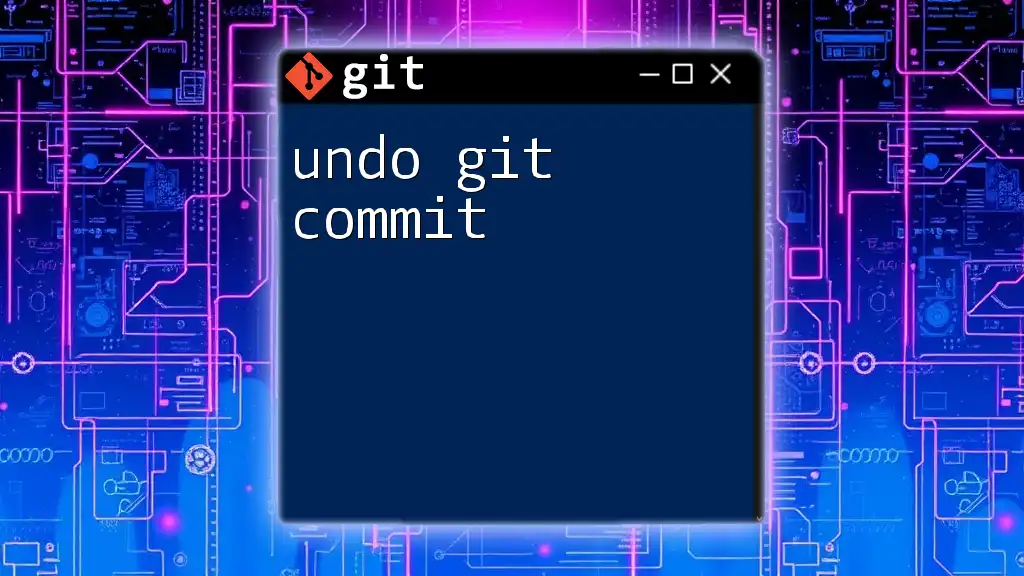
Unpacking a Git Bundle
How to Retrieve Data from a Bundle
To retrieve data from a Git bundle, you can use the `git clone` command. This method allows you to create a new directory with the contents of the bundle. Unpacking essentially involves extracting the bundled commits into a Git repository.
Syntax of Unpacking a Bundle
The syntax for unpacking a Git bundle is as follows:
git clone <bundle_file>
Example of Unpacking a Bundle
If you received the `myrepo.bundle` file and wanted to create a local repository from it, you could use:
git clone myrepo.bundle myrepo
This command clones the contents of the bundle into a new directory named `myrepo`, effectively allowing you to work with the code as if it were pulled from a remote repository.
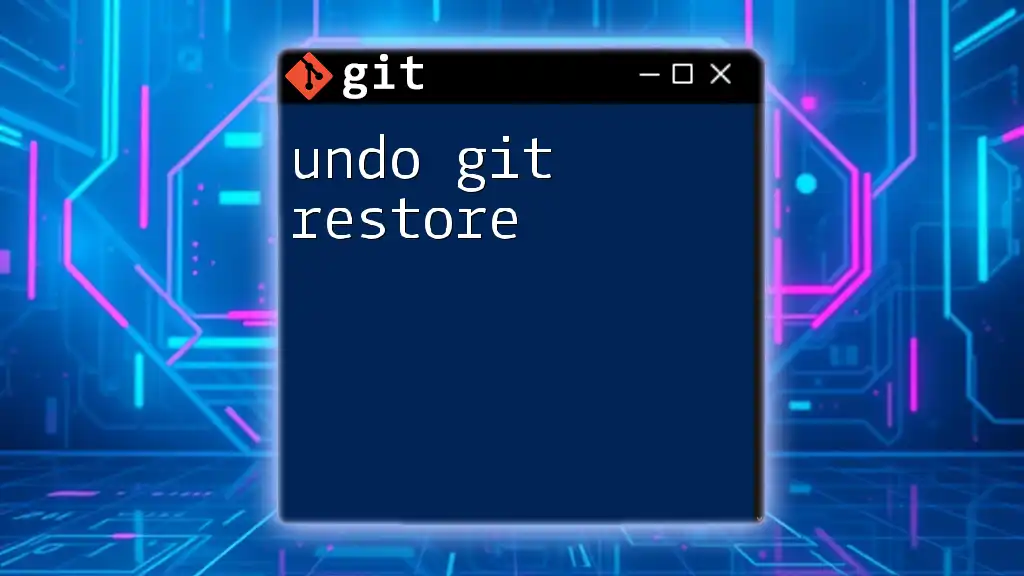
Fetching Specific References from a Bundle
How to Fetch Specific Branches or Tags
Fetching specific branches or tags from a bundle is simple and can be done with the `git fetch` command. This is especially useful when you want partial data from the bundled repository without cloning everything.
Syntax for Fetching
Here’s how to use the fetch command with a bundle:
git fetch <bundle_file> <refspec>
Example of Fetching Specific References
For example, if you want to fetch a `feature-branch` from the `myrepo.bundle`, you would run:
git fetch myrepo.bundle feature-branch
This command imports the specified branch into your current repository, enabling you to access the latest changes from that branch.
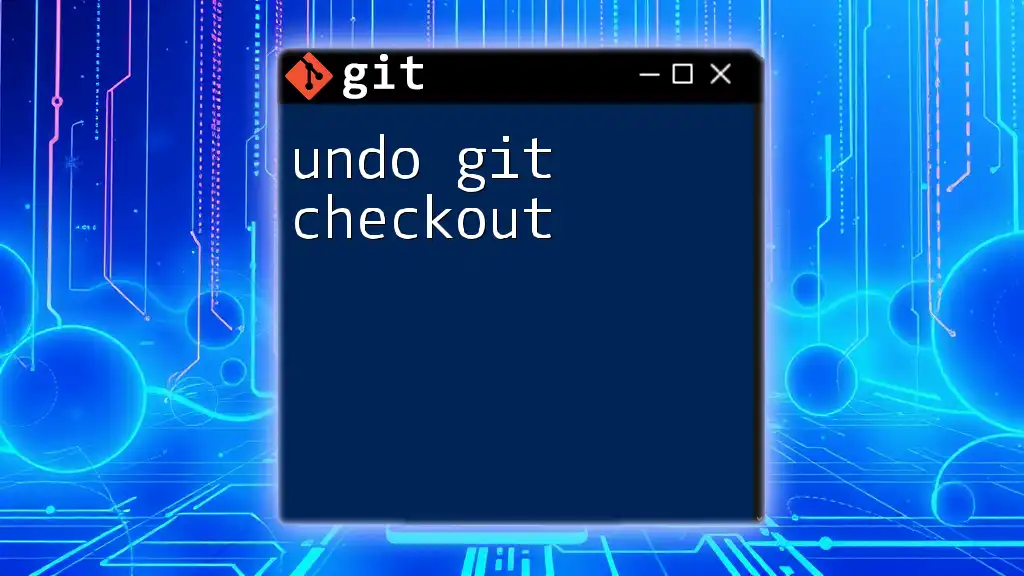
Validating Bundle Integrity
Checking if a Bundle is Valid
It’s crucial to validate the integrity of your bundles before using them. The `git bundle verify` command can help you ensure that the bundle is complete and has not been corrupted during its transfer.
Syntax of Verifying a Bundle
To verify the integrity of a bundle, use:
git bundle verify <bundle_file>
Example of Verifying a Bundle
For instance, if you want to verify that `myrepo.bundle` is intact, you would execute:
git bundle verify myrepo.bundle
This command checks the bundle and outputs its validity, ensuring that you can safely use it.
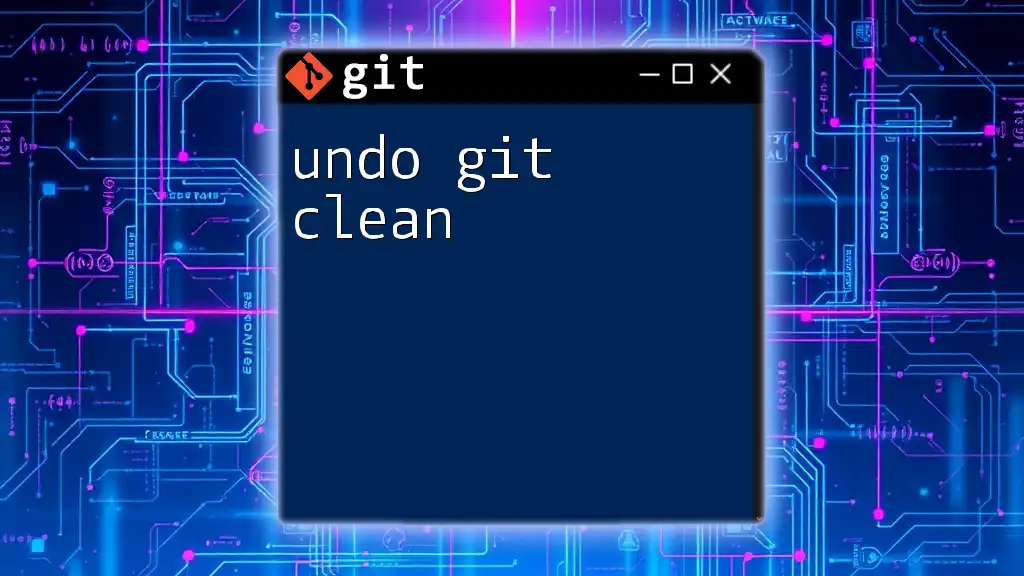
Practical Use Cases for Bundles
Offline Workflows
One of the primary reasons for utilizing bundles is to facilitate offline workflows. For developers in environments without reliable internet connections, bundles provide a robust alternative to traditional Git operations. For instance, you can create a bundle of your changes, carry it to a location with internet access, and then either send it to a colleague or push it to a remote repository.
Data Versioning
Git bundles are also valuable for maintaining different version states of your project. They allow you to keep track of specific snapshots of your codebase at various stages, enabling easier rollbacks or collaborative reviews. By bundling different branches or tags, you create a historical record that can be referenced later.
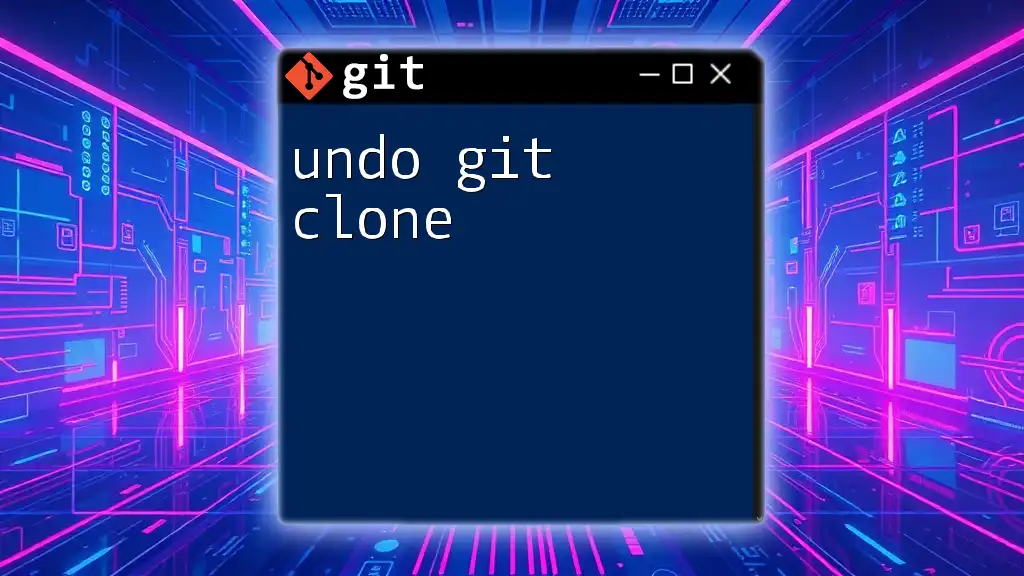
Best Practices for Using Git Bundles
When to Use Git Bundles
To maximize the efficiency of your workflows, it's essential to know when to utilize Git bundles. Use them primarily when:
- You need to share code in situations where network access is limited.
- You want to package a specific state of a repository for a review.
- You are working on a large project and only want to share particular branches or tags.
Organizational Tips
Adopting proper naming conventions for your bundles can drastically enhance your organization. Opt for descriptive names that convey the content of the bundle. This practice helps you and your collaborators identify relevant files easily.
Maintain a systematic approach to bundling by regularly reviewing the content and ensuring that you only share relevant branches and tags.
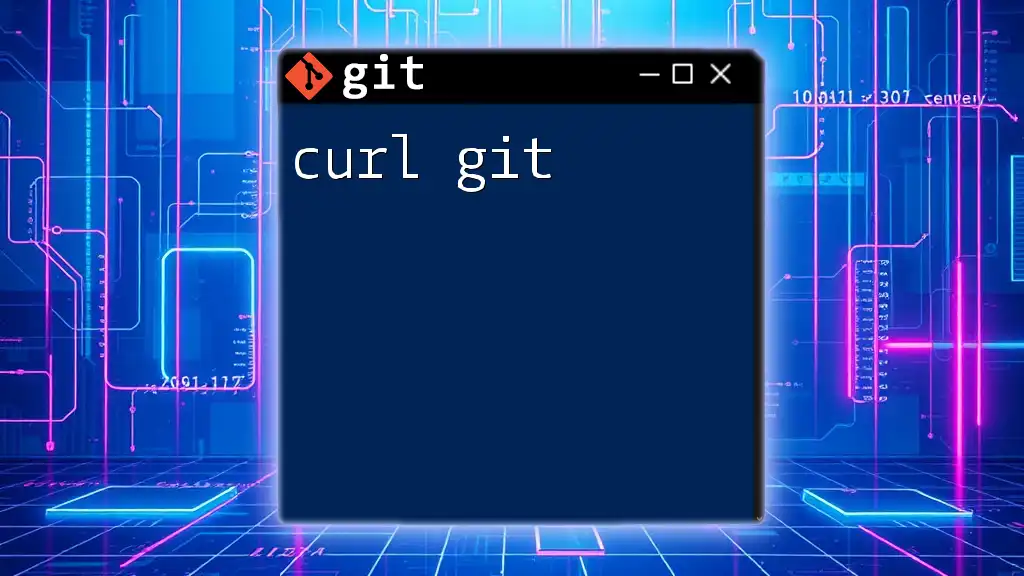
Conclusion
In summary, Git bundling is an essential technique that greatly enhances efficiency in code sharing and collaboration, especially in scenarios where direct access to a remote repository is not possible. By mastering the commands and concepts around Git bundles, developers can streamline their workflows and ensure that code is shared effectively and securely. Now is the time to experiment with Git bundles and integrate them into your daily development practices.
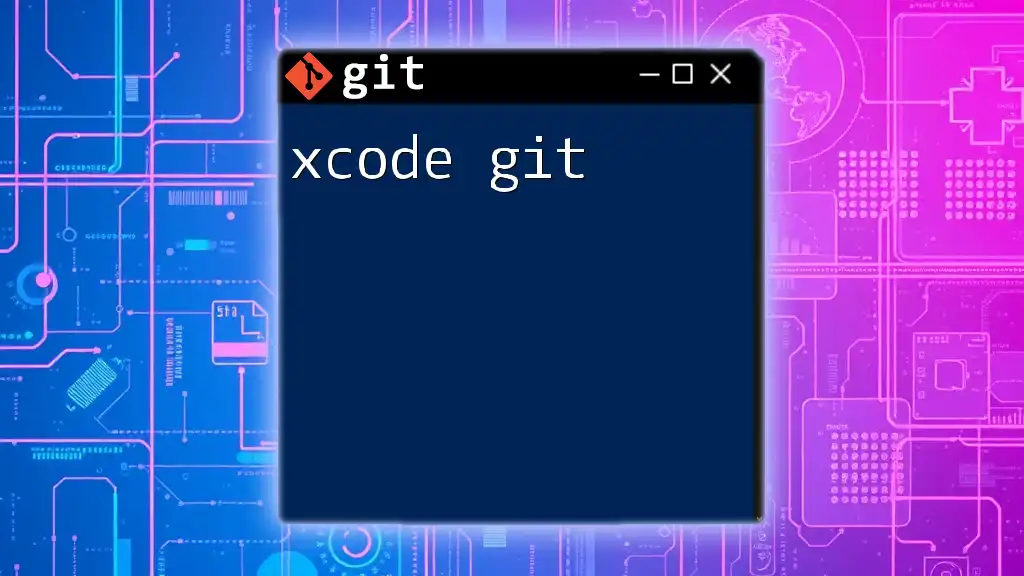
Additional Resources
Recommended Reading
To further enrich your understanding of Git bundling, you may refer to the official [Git documentation](https://git-scm.com/doc) and explore various blogs and tutorials focused on practical applications of bundling.
FAQs
Be sure to address common questions regarding Git bundling, such as its limitations, potential use cases, and how it compares to other forms of version control. This will help beginners navigate their initial experiences with Git bundles.

